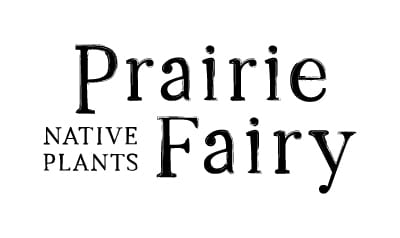Super Simple Guide to Transplanting & Establishing Native Plant Seedlings
Storing plants until planing:
- Keep plants in a partially shady area to prevent drying out.
- Keep the soil moist but not soggy.
Transplanting
- Before transplanting, water the root mass of the seedlings.
- Dig a hole as deep as the plant pot and slightly wider than the pot.
- Fertilizer or compost is not required.
- If roots are coming out of the plant pot bottom, gently untangle them.
- Do not pull the seedling out of its cup by the stem as this can cause damage
- Tip the entire plant horizontally and gently squeeze the bottom of the plant pot to loosen the sides from the root mass inside.
- Tip the plant slightly upside down and let it slide out of the plant pot.
- If needed, push from the bottom of the plant cup to nudge the root mass out of the pot.
- Gently rough up the roots so they face out and downwards.
- Place the plant inside the hole. The top of the potting soil should be aligned horizontally with the top of the ground.
- Gently press surrounding dirt around the root mass. Avoid compacting the dirt.
- Water the plant when done (focus on watering the roots, not the green foliage)
Mulch
- Mulch isn’t required but it helps fight weeds and retain moisture.
- Place a 2” layer of straw, leaf material, or shredded wood around the plant.
- Do not place mulch right up against the seedlings stems to avoid rot.
First growing season:
- Keep soil around the plant moist for the first two weeks. Deep, occasional watering is better than frequent shallow water for better root growth.
- If there is a severe drought during the plant’s first year, make sure seedlings get supplemental water as they continue to establish.
- If you notice rabbit or squirrel damage to your plants, placing a small cage (example: chicken wire) around the seedling for the first growing year can help the plant establish.


